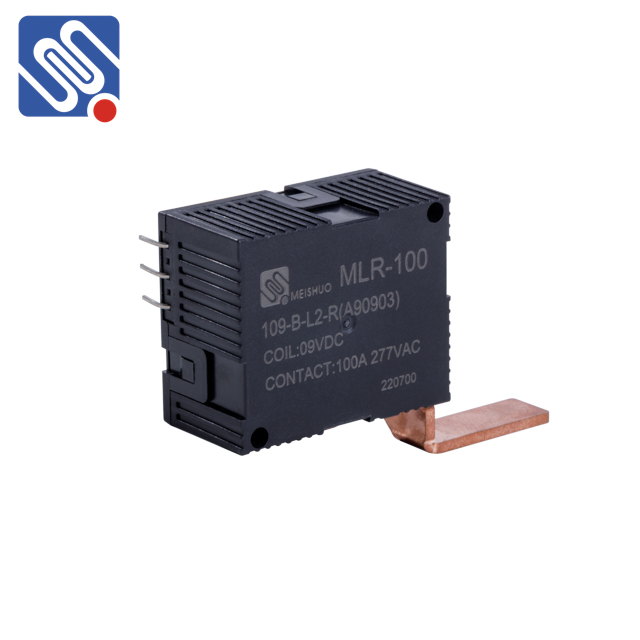understanding automatic relays: key components of electrical automation
Release time:2025-10-28 00:21:20
Automatic relays are essential components in electrical circuits and automation systems, providing both protection and control in a wide range of applications. As an electrically operated switch, an automatic relay allows circuits to operate efficiently and safely by automatically controlling the flow of electricity in response to various conditions. This article explores the role of automatic relays, their working principles, applications, and the benefits they bring to modern electrical systems.

What is an Automatic Relay?
An automatic relay is an electromagnetic switch that opens or closes a circuit based on certain predefined conditions. The device typically consists of a coil, armature, contacts, and a spring. When current flows through the coil, it generates a magnetic field, which pulls the armature and changes the state of the contacts. This action allows the relay to either complete or break a circuit, providing automatic control based on specific triggers.
How Does an Automatic Relay Work?
The working principle of an automatic relay is quite simple. When an electrical current is applied to the coil, the resulting magnetic field moves the armature, causing it to open or close the contacts. The position of the armature (whether it is in a resting state or activated) determines whether the circuit is open (disconnected) or closed (connected).

